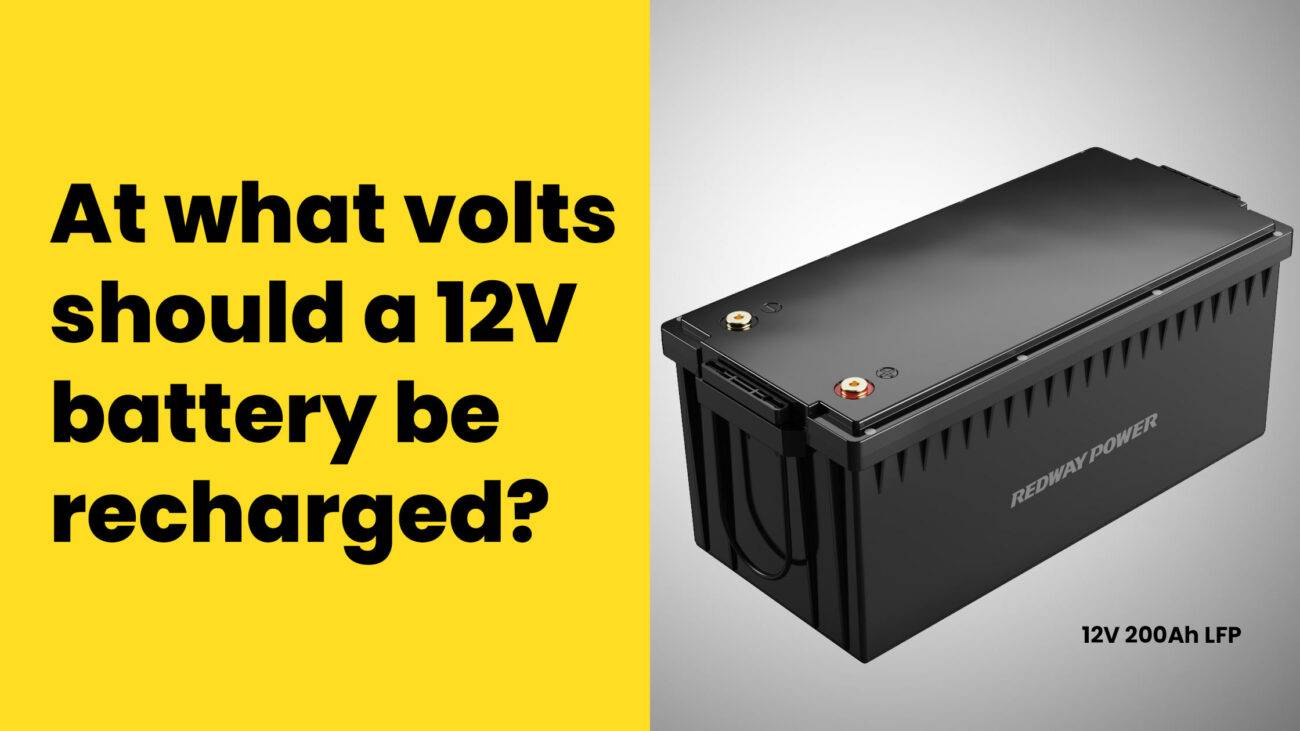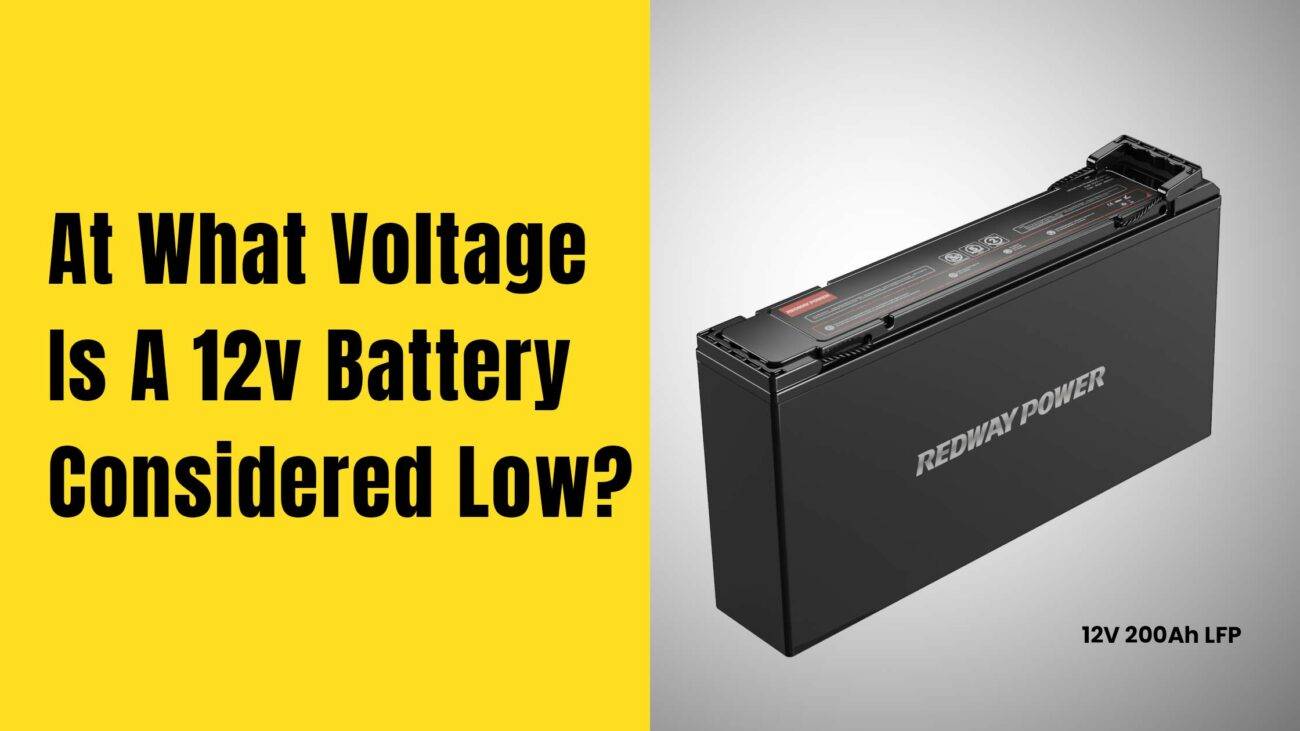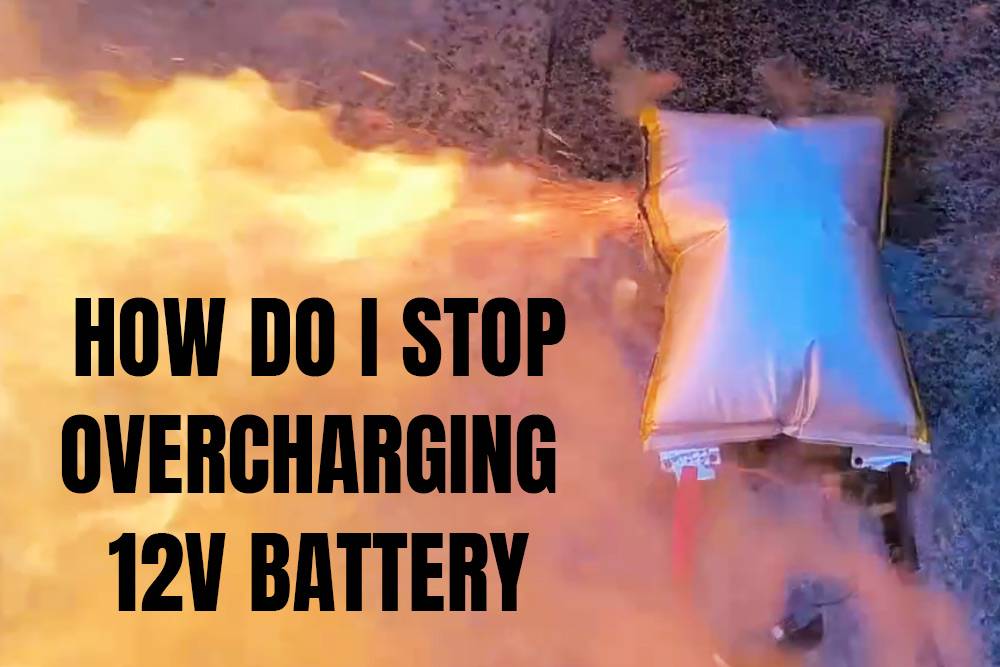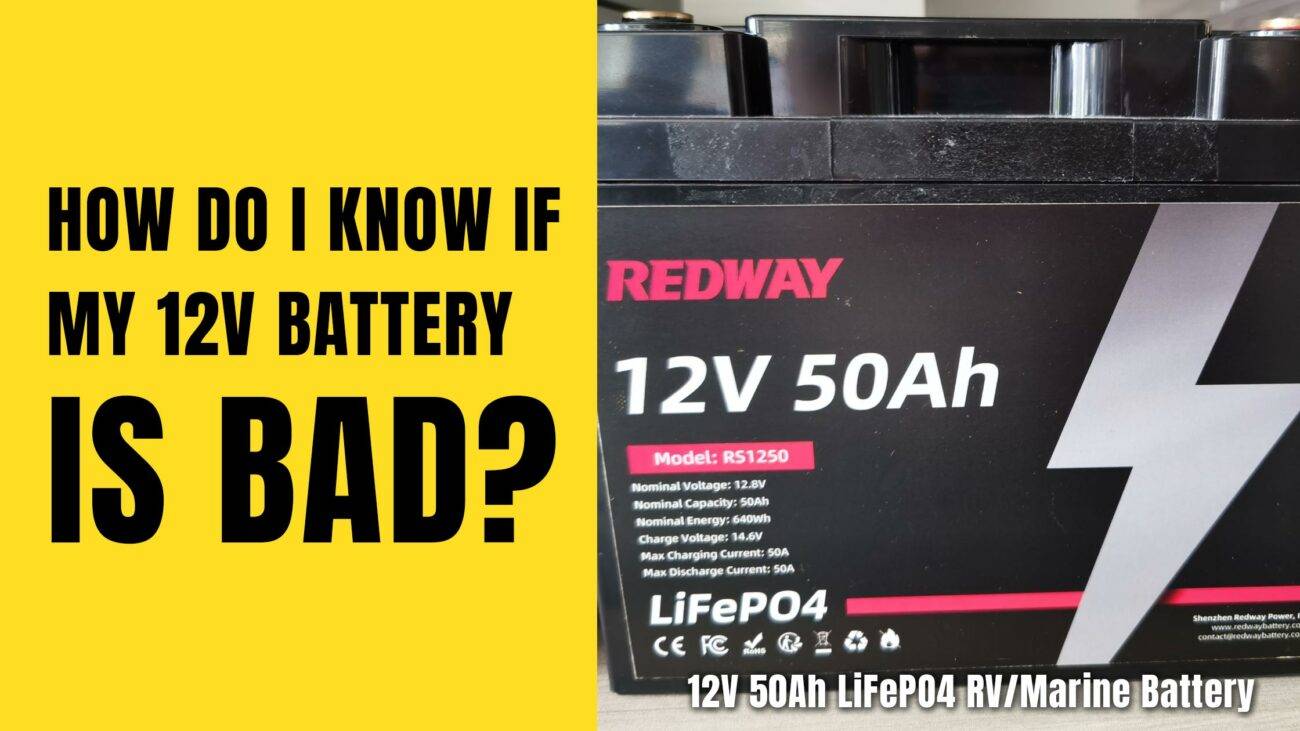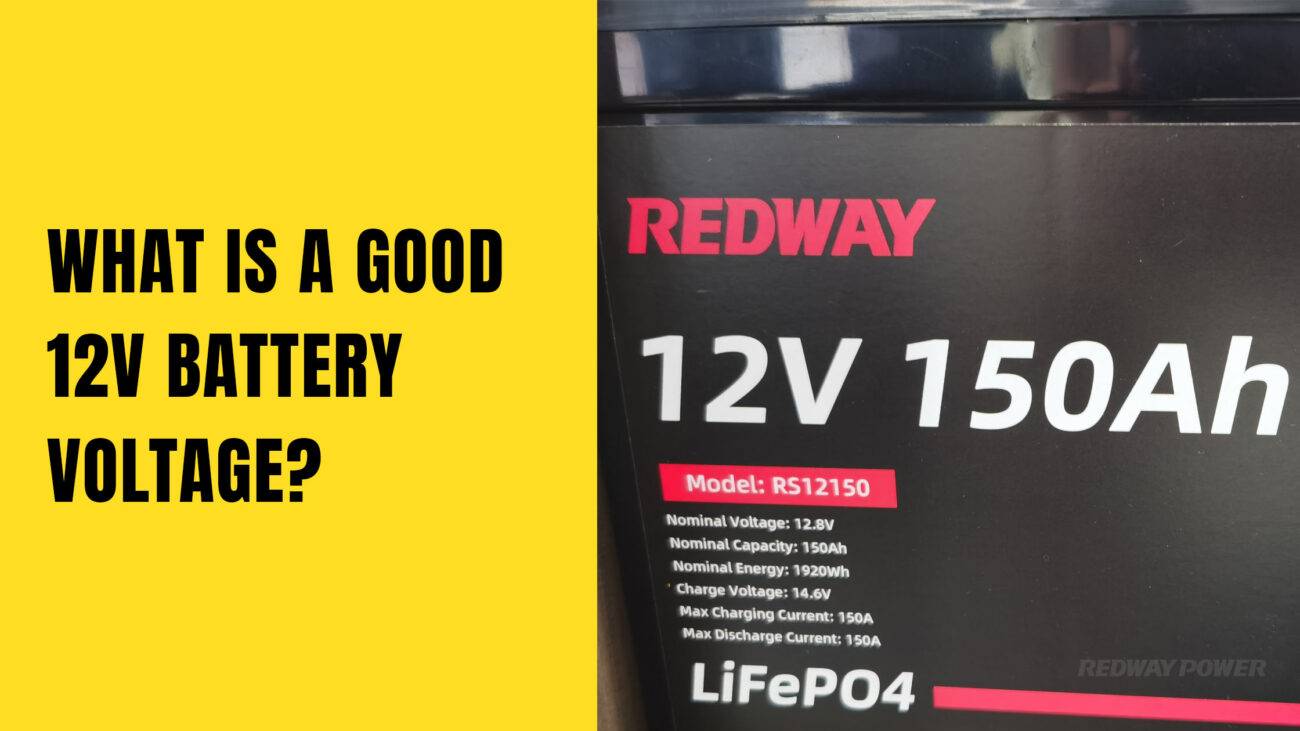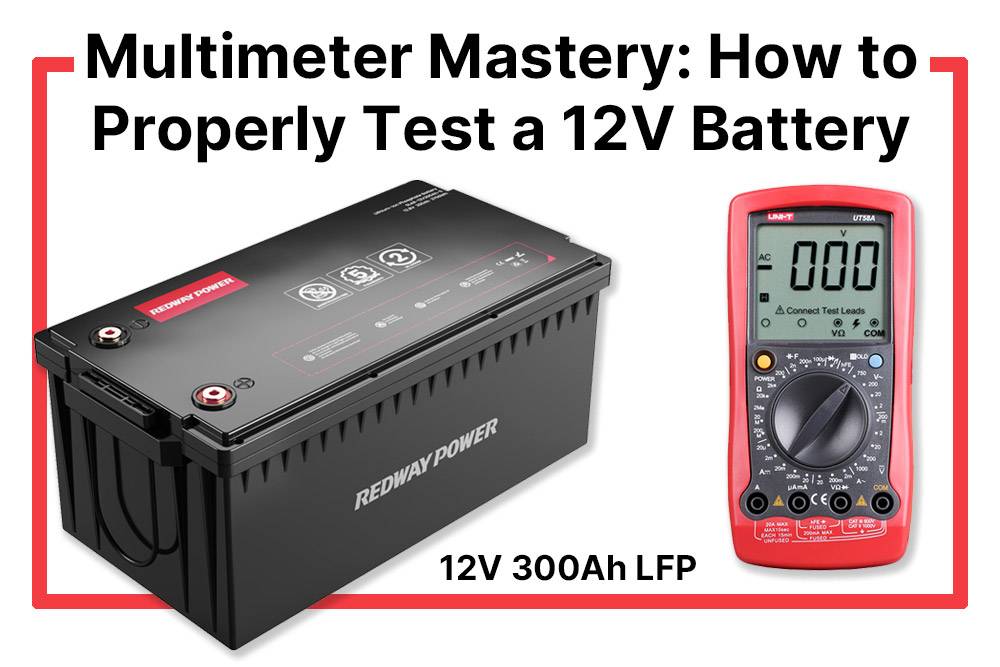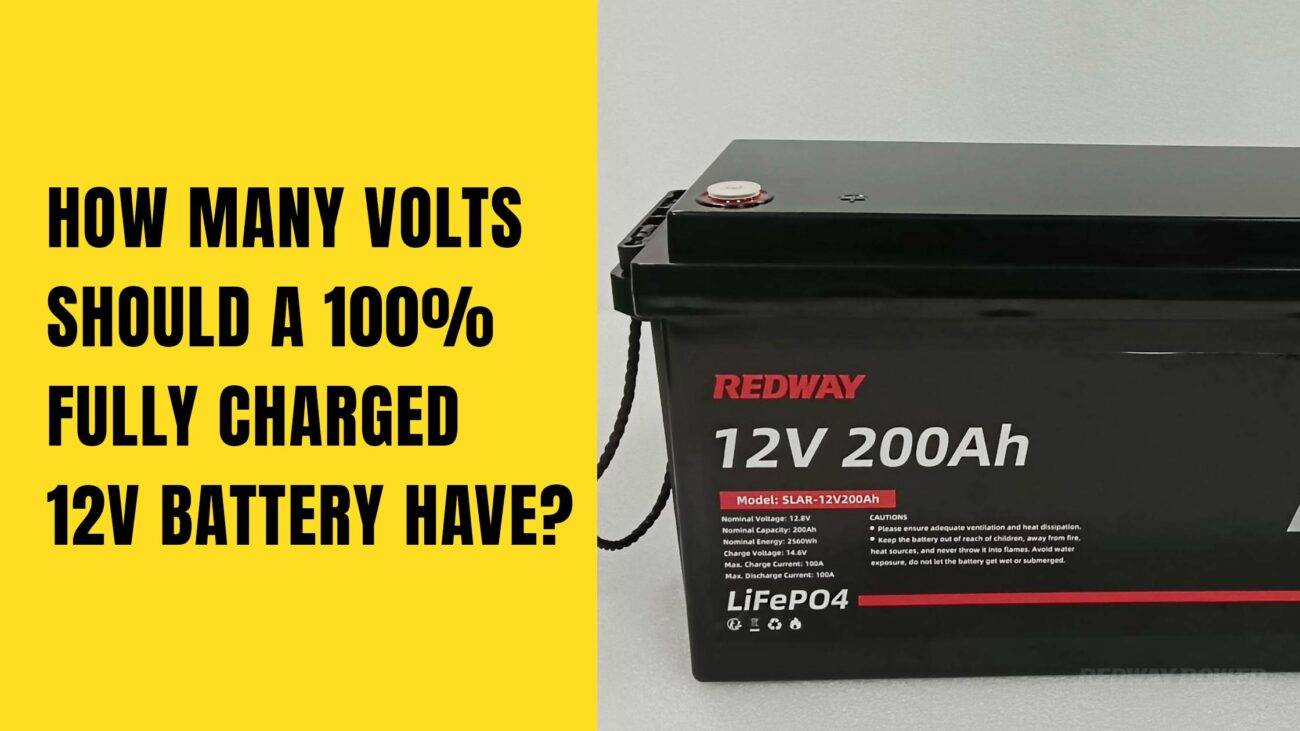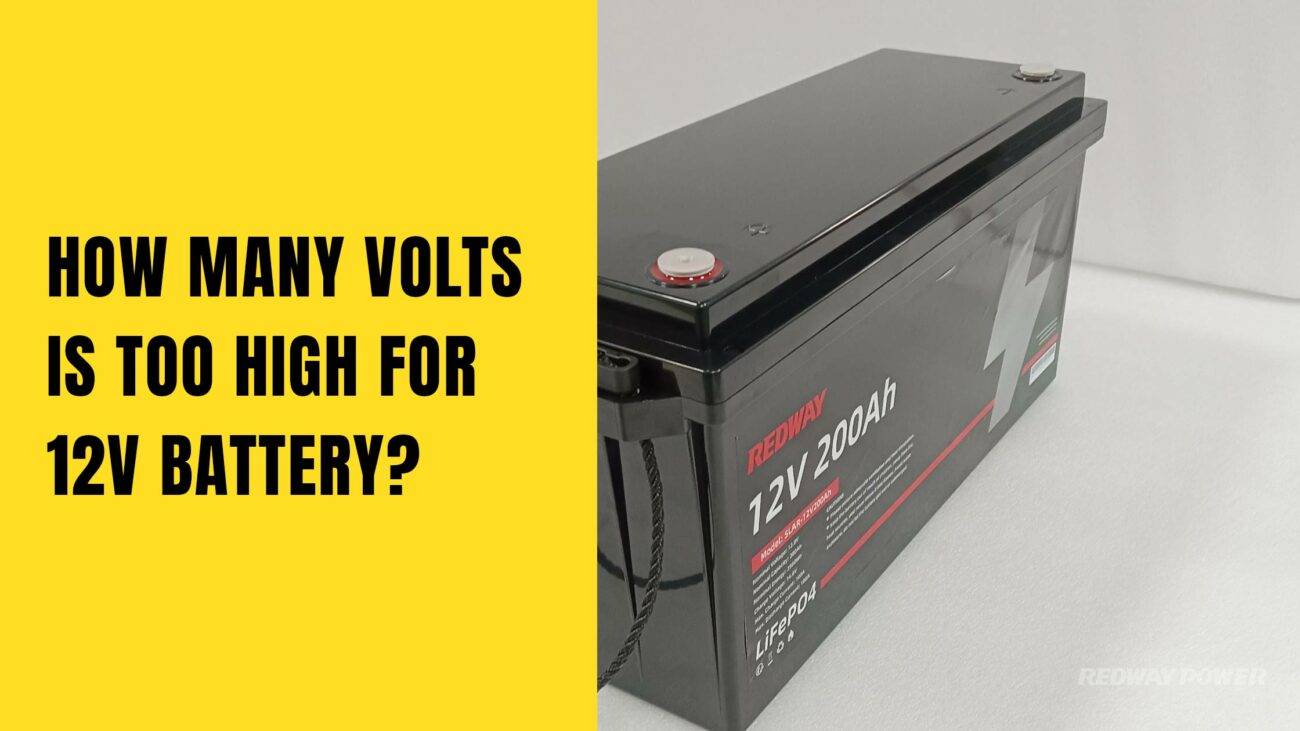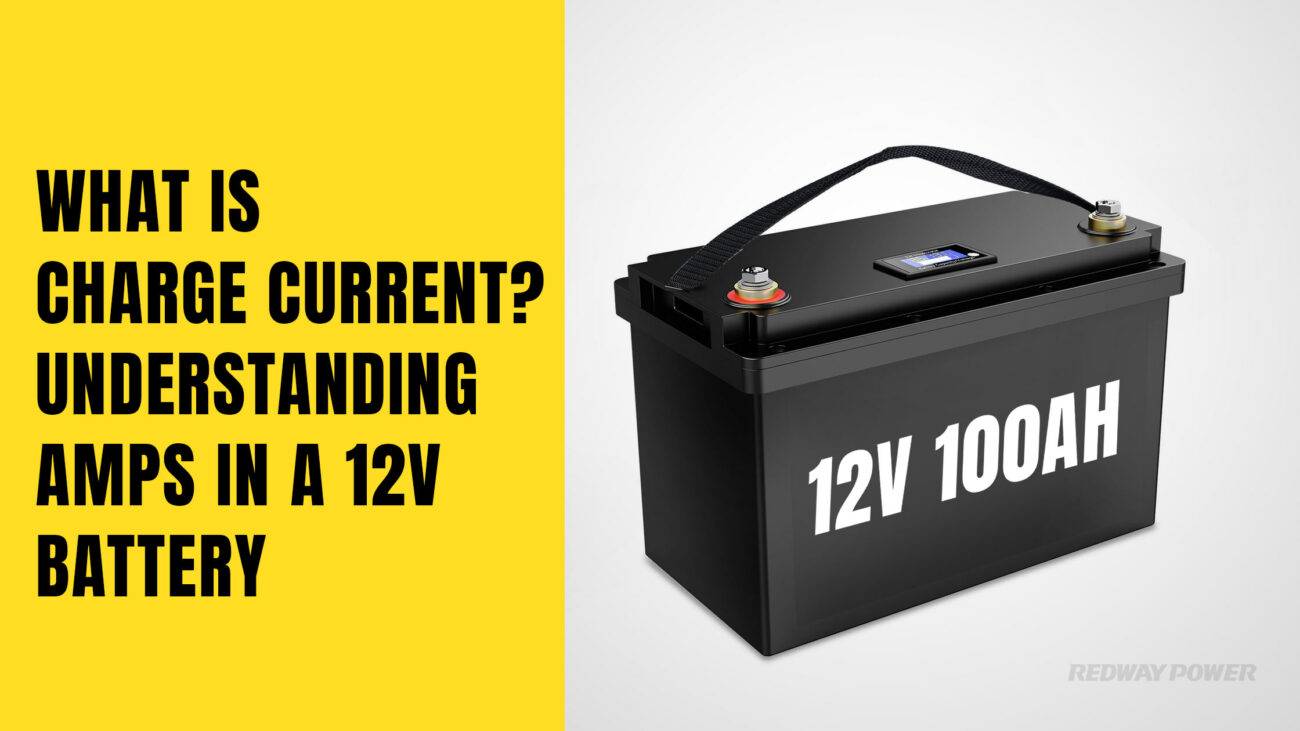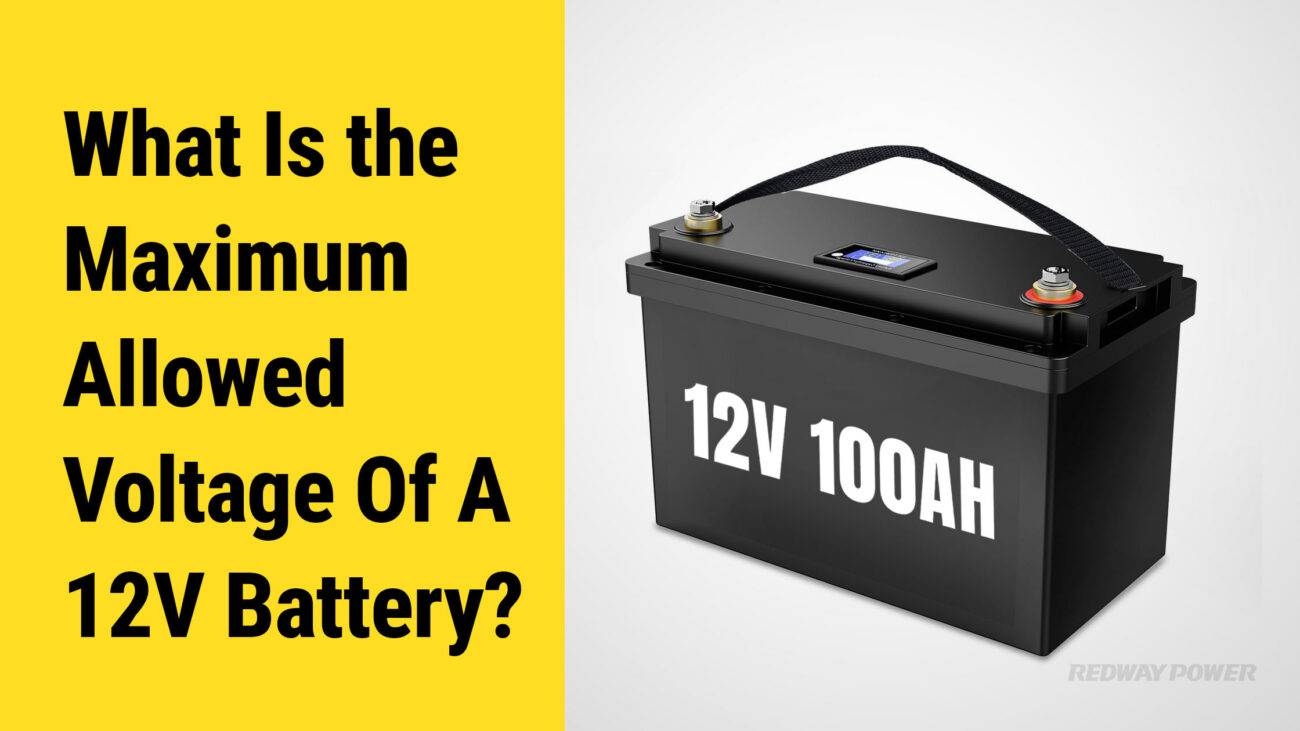- Forklift Lithium Battery
-
48V
- 48V 210Ah
- 48V 300Ah
- 48V 420Ah (949 x 349 x 569 mm)
- 48V 420Ah (950 x 421 x 450 mm)
- 48V 456Ah
- 48V 460Ah (830 x 630 x 590 mm)
- 48V 460Ah (950 x 421 x 450 mm)
- 48V 460Ah (800 x 630 x 600 mm)
- 48V 460Ah (820 x 660 x 470 mm)
- 48V 500Ah
- 48V 560Ah (810 x 630 x 600 mm)
- 48V 560Ah (950 x 592 x 450 mm)
- 48V 600Ah
- 48V 630Ah
-
48V
- Lithium Golf Cart Battery
- 12V Lithium Battery
12V 150Ah Lithium RV Battery
Bluetooth App | BCI Group 31
LiFePO4 Lithium
Discharge Temperature -20°C ~ 65°C
Fast Charger 14.6V 50A
Solar MPPT Charging - 24V Lithium Battery
- 36V Lithium Battery
- 48V Lithium Battery
-
48V LiFePO4 Battery
- 48V 50Ah
- 48V 50Ah (for Golf Carts)
- 48V 60Ah (8D)
- 48V 100Ah (8D)
- 48V 100Ah
- 48V 100Ah (Discharge 100A for Golf Carts)
- 48V 100Ah (Discharge 150A for Golf Carts)
- 48V 100Ah (Discharge 200A for Golf Carts)
- 48V 150Ah (for Golf Carts)
- 48V 160Ah (Discharge 100A for Golf Carts)
- 48V 160Ah (Discharge 160A for Golf Carts)
-
48V LiFePO4 Battery
- 60V Lithium Battery
-
60V LiFePO4 Battery
- 60V 20Ah
- 60V 30Ah
- 60V 50Ah
- 60V 50Ah (Small Size / Side Terminal)
- 60V 100Ah (for Electric Motocycle, Electric Scooter, LSV, AGV)
- 60V 100Ah (for Forklift, AGV, Electric Scooter, Sweeper)
- 60V 150Ah (E-Motocycle / E-Scooter / E-Tricycle / Tour LSV)
- 60V 200Ah (for Forklift, AGV, Electric Scooter, Sweeper)
-
60V LiFePO4 Battery
- 72V~96V Lithium Battery
- Rack-mounted Lithium Battery
- E-Bike Battery
- All-in-One Home-ESS
- Wall-mount Battery ESS
-
Home-ESS Lithium Battery PowerWall
- 24V 100Ah 2.4kWh PW24100-S PowerWall
- 48V 50Ah 2.4kWh PW4850-S PowerWall
- 48V 50Ah 2.56kWh PW5150-S PowerWall
- 48V 100Ah 5.12kWh PW51100-F PowerWall (IP65)
- 48V 100Ah 5.12kWh PW51100-S PowerWall
- 48V 100Ah 5.12kWh PW51100-H PowerWall
- 48V 200Ah 10kWh PW51200-H PowerWall
- 48V 300Ah 15kWh PW51300-H PowerWall
PowerWall 51.2V 100Ah LiFePO4 Lithium Battery
Highly popular in Asia and Eastern Europe.
CE Certification | Home-ESS -
Home-ESS Lithium Battery PowerWall
- Portable Power Stations
What Should Be the Charging Current for a 12 Volt Battery?

The recommended charging current for a 12-volt battery typically ranges from 10% to 25% of its amp-hour (Ah) rating, depending on the battery type. For example, a 100Ah lead-acid battery should ideally be charged at 10A to 25A to ensure safe and efficient charging without damaging the battery.
What is the recommended charging current for a 12-volt battery?
For most 12-volt batteries, the general rule is to charge at a rate of 10% to 25% of the battery’s capacity in amp-hours. Therefore, a 100Ah lead-acid battery would require a charging current between 10A and 25A. Lithium batteries can often handle higher currents, sometimes up to 50% of their capacity, but it’s crucial to follow manufacturer guidelines.
Recommended Charging Current Chart
| Battery Type | Capacity (Ah) | Recommended Charging Current (A) |
|---|---|---|
| Lead-Acid | 100 | 10 – 25 |
| AGM | 100 | 15 – 25 |
| Lithium | 100 | Up to 50 |
How do you calculate the charging current needed for a battery?
To calculate the appropriate charging current, you can use the formula:
Charging Current A =Battery Capacity Ah ×Charging Rate
For instance, if you have a 100Ah lead-acid battery, and you want to charge it at 10%, the calculation would be:
Charging Current=100×0.10=10A
Calculation Example Chart
| Battery Capacity (Ah) | Desired Charge Rate (%) | Calculated Charging Current (A) |
|---|---|---|
| 100 | 10 | 10 |
| 100 | 20 | 20 |
| 100 | 25 | 25 |
Why is it important to consider battery type when determining charging current?
Different types of batteries have varying tolerances for charging currents:
- Lead-Acid Batteries: Typically require lower currents to avoid overheating and damage.
- AGM Batteries: Can accept higher currents but still benefit from controlled rates.
- Lithium Batteries: Often allow for much higher charge rates, but it’s crucial to adhere to specific manufacturer recommendations to maximize lifespan.
Battery Type Comparison Chart
| Battery Type | Max Charging Current (%) | Typical Charge Voltage (V) |
|---|---|---|
| Lead-Acid | Up to 25 | 14.4 – 14.8 |
| AGM | Up to 25 | 14.4 – 14.8 |
| Lithium | Up to 50 | 14.2 – 14.6 |
What factors influence the charging current of a battery?
Several factors can affect how much current should be supplied during charging:
- Battery Chemistry: Different chemistries have unique requirements.
- State of Charge (SOC): A deeply discharged battery may accept higher currents initially.
- Temperature: Colder temperatures can reduce charging efficiency and increase resistance.
Influencing Factors Chart
| Factor | Impact on Charging Current |
|---|---|
| Battery Chemistry | Determines max charge rates |
| State of Charge | Lower SOC allows higher initial currents |
| Temperature | Cold temperatures reduce efficiency |
How does temperature affect battery charging?
Temperature significantly impacts both the efficiency and safety of battery charging:
- At lower temperatures, batteries may accept less current, leading to longer charge times.
- High temperatures can increase internal resistance and risk overheating, potentially causing damage or reducing lifespan.
Temperature Effects Chart
| Temperature Range (°C) | Impact on Charging Efficiency |
|---|---|
| Below -10 | Reduced capacity and efficiency |
| -10 to +20 | Normal operation |
| Above +30 | Increased risk of overheating |
What are the consequences of using an incorrect charging current?
Using an incorrect charging current can lead to several issues:
- Overcharging can cause overheating, swelling, or leakage in lead-acid batteries.
- Insufficient current may result in incomplete charging, leading to sulfation in lead-acid types.
- For lithium batteries, exceeding recommended currents can cause thermal runaway or permanent damage.
Consequences Chart
| Incorrect Action | Consequence |
|---|---|
| Overcharging | Damage or failure |
| Undercharging | Reduced performance and lifespan |
| High initial current | Risk of thermal runaway |
Industrial News
Recent advancements in smart chargers have made it easier for users to select appropriate charging currents based on real-time data from batteries. These chargers automatically adjust voltage and current based on temperature and state of charge, enhancing safety and efficiency while prolonging battery life.
Redway Power Insights
“Understanding your battery’s specifications is essential for optimal performance,” states an industry expert. “Using smart chargers that adapt to environmental conditions can significantly improve both safety and longevity.”
FAQ Section
Q: What is the safest way to charge a lead-acid battery?
A: Charge at a rate no higher than 25% of its capacity, ensuring proper voltage settings.Q: Can I use any charger for lithium batteries?
A: No, lithium batteries require specific chargers designed for their chemistry; using an incorrect charger can be dangerous.Q: How often should I check my battery while charging?
A: Regularly monitor your battery during charging, especially if using high currents or in extreme temperatures.
What Determines the Optimal Charging Current for Your 12V Battery?
Charging current, crucial for battery maintenance, replenishes energy during charging, measured in amperes. An analogy likens it to a faucet filling a glass, with flow rate determining charging speed. Optimal current ensures efficient, safe charging, influenced by factors like battery type and temperature. Following manufacturer guidelines is key for longevity.
Understanding charging current is essential for proper battery maintenance. Here’s a simplified explanation:
- Charging Current Overview:
- Charging current refers to the flow of electric current during battery charging.
- It replenishes energy in the battery for future use and is measured in amperes (A).
- Analogy of Charging Current:
- Imagine the battery as a thirsty glass; charging current is like the faucet supplying water.
- The flow rate determines how quickly the battery charges, analogous to how water fills the glass.
- Importance of Proper Charging Current:
- Optimal charging current ensures efficient charging without damaging the battery.
- Factors like battery type, capacity, and temperature influence the ideal charging current.
Understanding charging current helps optimize battery performance and longevity. Always follow manufacturer recommendations for safe and efficient charging.
What Influences the Charging Current for 12 Volt Batteries?
Optimizing charging current for 12-volt batteries is crucial. Factors like battery capacity, state of charge, and temperature influence the charging process. Larger batteries require higher currents, while cold temperatures increase resistance. Following manufacturer guidelines ensures efficient charging and optimal battery performance. Here’s a breakdown:
- Battery Capacity:
- Larger capacity batteries require higher charging currents.
- Smaller batteries with lower capacity need lower charging currents.
- State of Charge (SOC):
- Completely drained batteries need higher initial charging currents.
- SOC affects the required charging current for efficient charging.
- Temperature Influence:
- Cold temperatures increase internal resistance, necessitating higher charging currents.
- Warmer conditions may require slightly lower charging currents.
Conclusion: Consider battery capacity, SOC, temperature, battery type, and charger capabilities when determining the appropriate charging current for your 12-volt battery. Following manufacturer guidelines ensures efficient charging without risking damage.
Why Choosing the Right Charging Current is Vital for 12 Volt Batteries
Optimal charging current for 12-volt batteries is essential for efficient charging and longevity. Incorrect currents can damage batteries, leading to reduced capacity and higher costs. Choosing the right current ensures reliability and saves expenses on replacements. Consult manufacturer guidelines or experts for tailored recommendations based on battery type and usage needs.
- Efficient Charging:
- Correct charging current ensures efficient battery charging.
- Prevents undercharging or overheating, optimizing performance.
- Longevity and Protection:
- Avoids damage and extends battery life.
- Incorrect currents may lead to reduced capacity or permanent harm.
- Cost and Convenience:
- Saves expenses on replacements or repairs.
- Prevents inconvenience and ensures reliable power supply.
Selecting the right charging current is vital for maximizing battery potential and avoiding issues. Consult manufacturer guidelines or experts for tailored recommendations based on battery type and usage needs.
How to Determine the Ideal Charging Current for Your 12 Volt Battery
Selecting the right charging current is vital for 12-volt battery health. For lead-acid batteries, aim for 10-20% of capacity (e.g., 10-20A for a 100Ah battery). Lithium-ion batteries require 0.5C to 1C (e.g., 50-100A for 100Ah). AGM/Gel-Cell batteries follow similar guidelines. Consult manufacturer recommendations for precise information to maximize efficiency and lifespan.
Here’s a breakdown of the recommended charging currents for different battery types:
- Lead-Acid Batteries:
- Optimal range: 10-20% of battery capacity.
- Example: For a 100Ah battery, aim for 10-20 amps.
- Lithium-Ion Batteries:
- Manufacturer-specified range: 0.5C to 1C.
- Example: For a 100Ah battery, aim for 50-100 amps.
- AGM or Gel-Cell Batteries:
- Similar requirements to lead-acid batteries.
Consult manufacturer recommendations for precise information. Using the correct charging current maximizes efficiency, lifespan, and performance, ensuring optimal battery operation. Take time to research or seek professional advice to avoid potential damage.
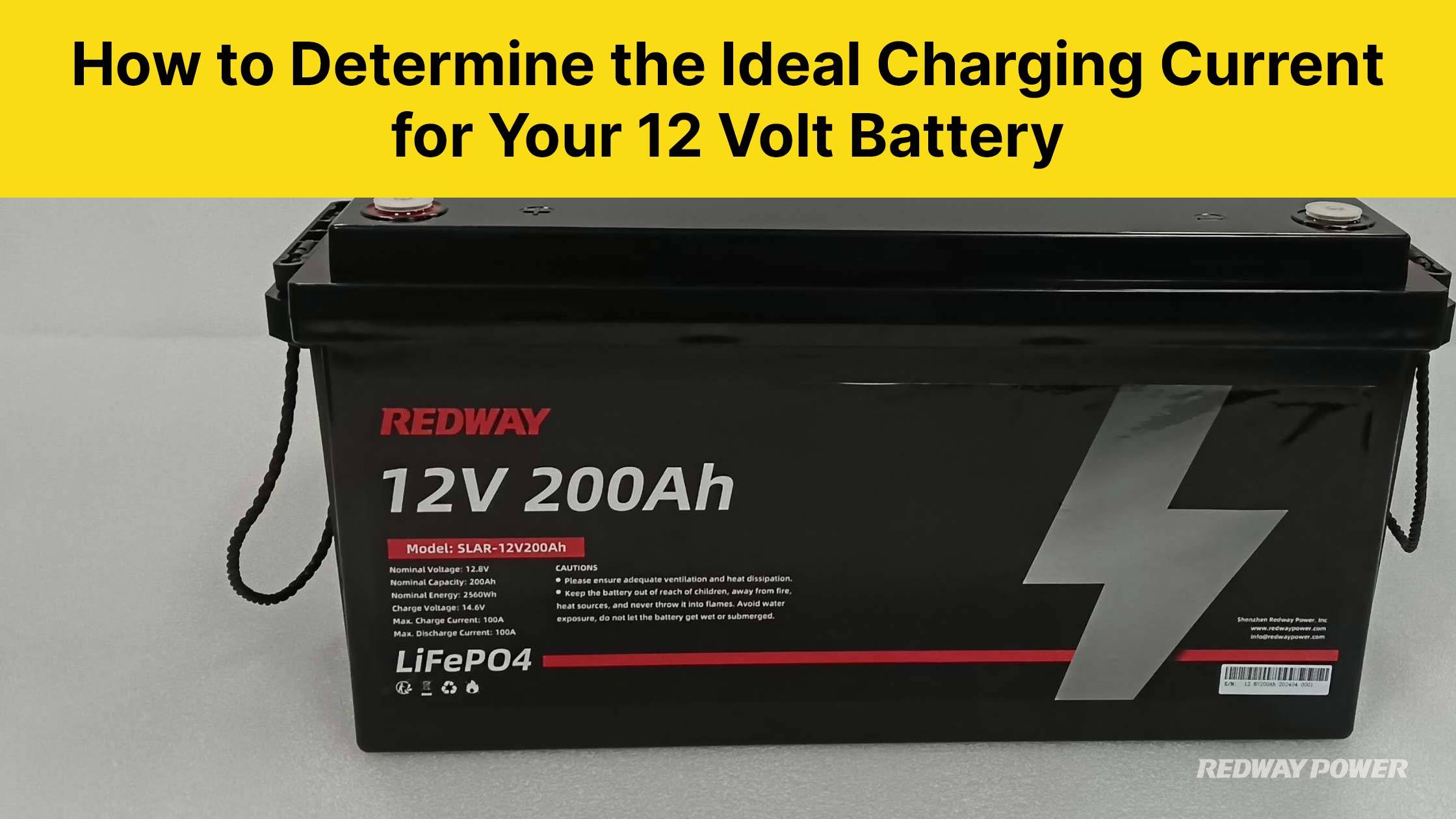
How to Calculate the Ideal Charging Current for Your 12 Volt Battery
Calculating charging current for a 12-volt battery is crucial for optimal performance. Follow these steps: 1. Identify battery capacity in Ah. 2. Determine desired charge time. 3. Use formula: Charging Current = Battery Capacity / Charge Time. Consider temperature and battery condition. Example: for a 100Ah battery charged in 10 hours, use 10 amps. Consult charger instructions for guidance. Follow these steps:
- Know Your Battery’s Capacity: Identify the battery’s capacity in Ah.
- Determine Charge Time: Decide how long you want to charge the battery.
- Use the Formula: Calculate Charging Current = Battery Capacity / Charge Time.
- For example, for a 100Ah battery charged in 10 hours: Charging Current = 100Ah / 10h = 10 amps.
Always consider factors like temperature and battery condition, and consult charger instructions for specific guidelines. Properly calculating the charging current ensures safe and efficient charging, enhancing your battery’s lifespan. Stay tuned for more battery optimization tips!
How to Optimize Performance and Longevity of Your 12 Volt Battery: Essential Tips
To optimize your 12-volt battery’s performance and longevity: 1. Use recommended charging current. 2. Avoid overcharging. 3. Maintain proper voltage levels. 4. Keep terminals clean. 5. Store correctly. 6. Prevent deep discharges. 7. Perform maintenance checks. 8. Handle batteries safely. Follow these tips for optimal battery health and longevity.
Here are some essential tips to help you optimize its performance:
- Use the Right Charging Current: Follow manufacturer’s recommendations or consult a pro for ideal charging current.
- Prevent Overcharging: Use chargers with auto shut-off or monitor closely to avoid overcharging.
- Maintain Proper Voltage: Regularly check and maintain voltage levels to prevent sulfation.
- Keep it Clean: Clean terminals regularly to ensure good electrical connections.
- Store Correctly: Store batteries in a cool, dry place away from extreme temperatures.
- Avoid Deep Discharges: Don’t let batteries discharge below 50% to preserve capacity.
- Perform Maintenance Checks: Check fluid levels and connections regularly.
- Practice Safe Handling: Wear protective gear when handling batteries.
By following these tips, you can ensure your battery performs well and lasts long. Remember to consult specific guidelines for your battery type.














